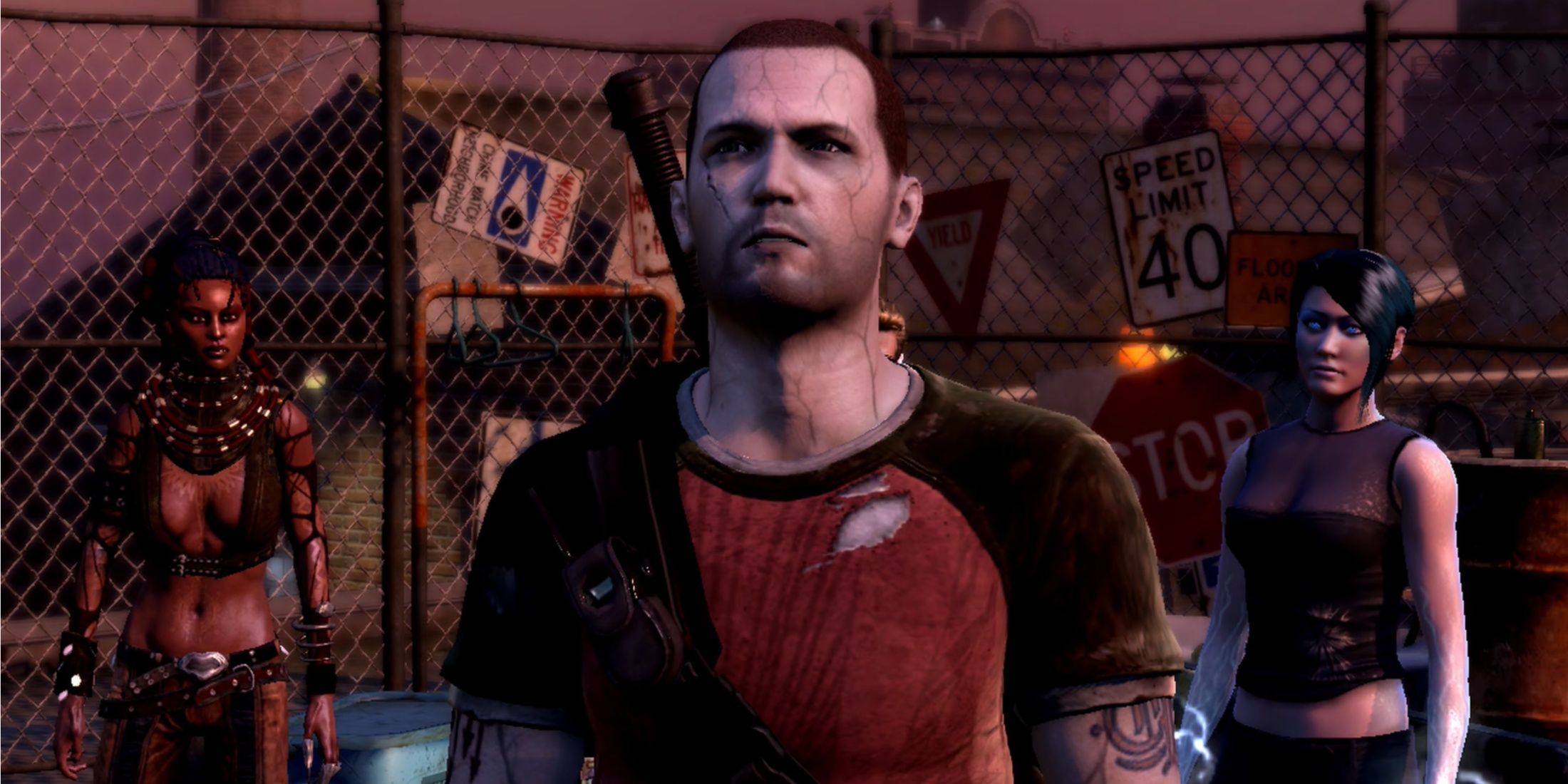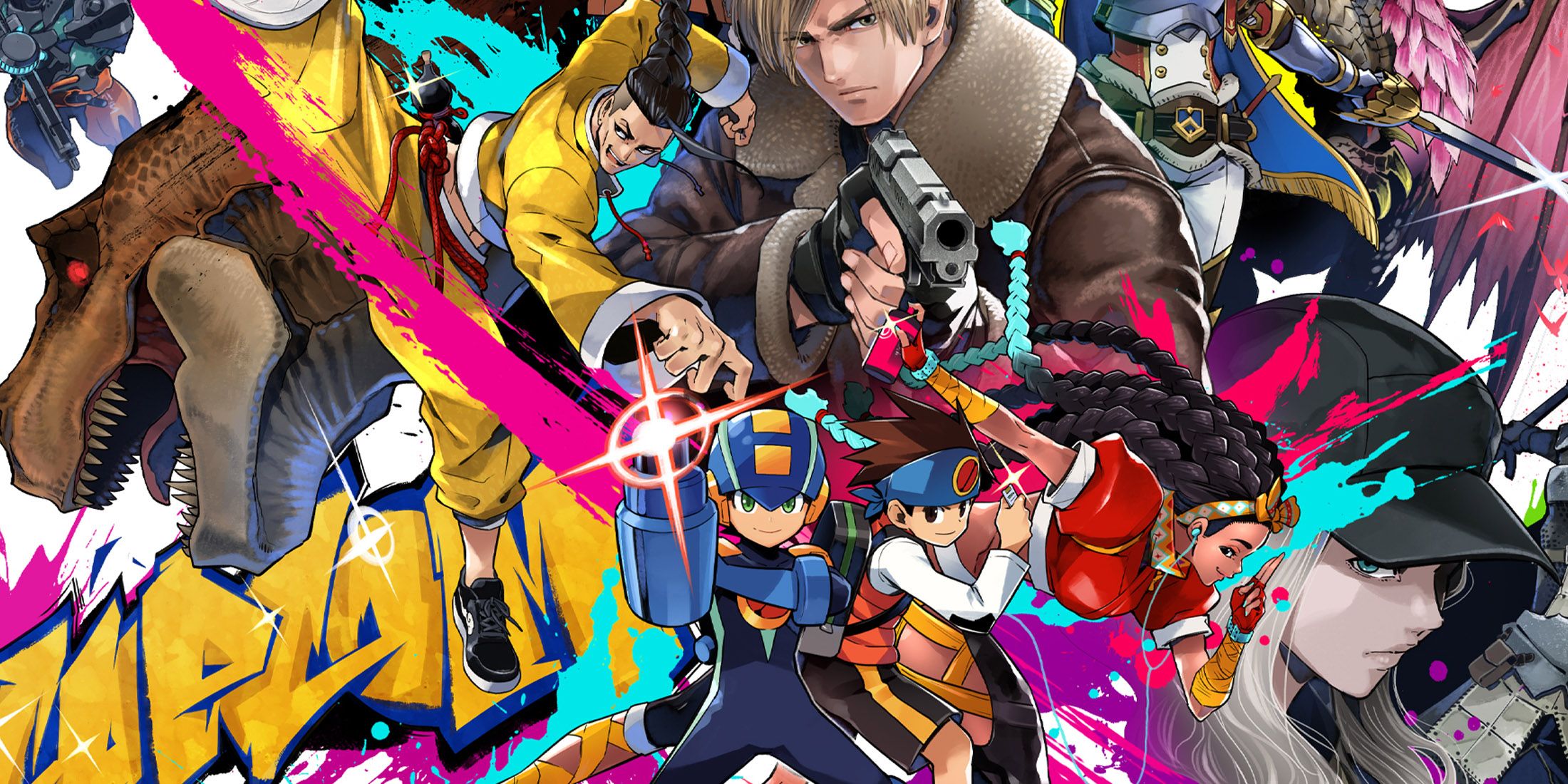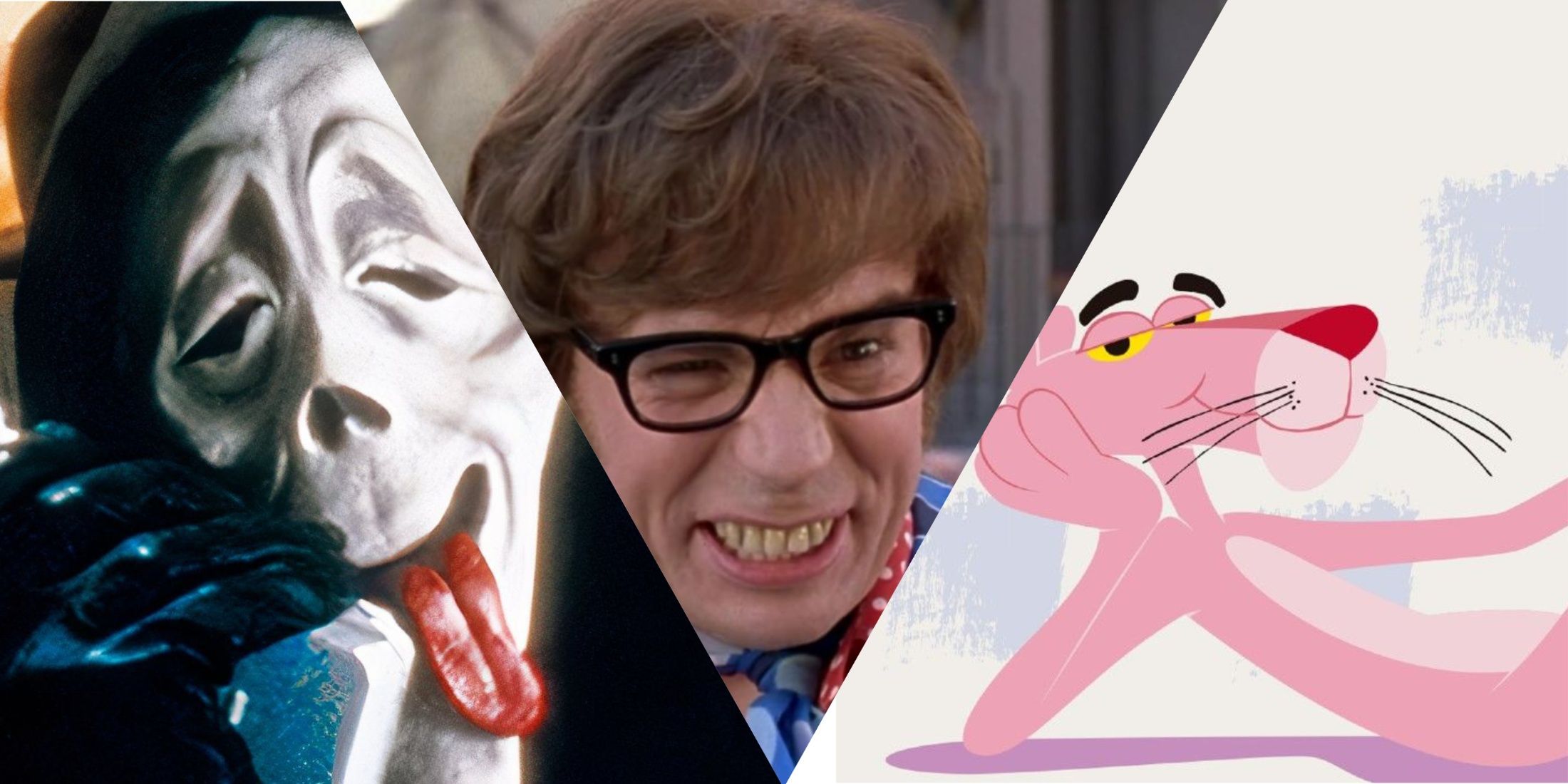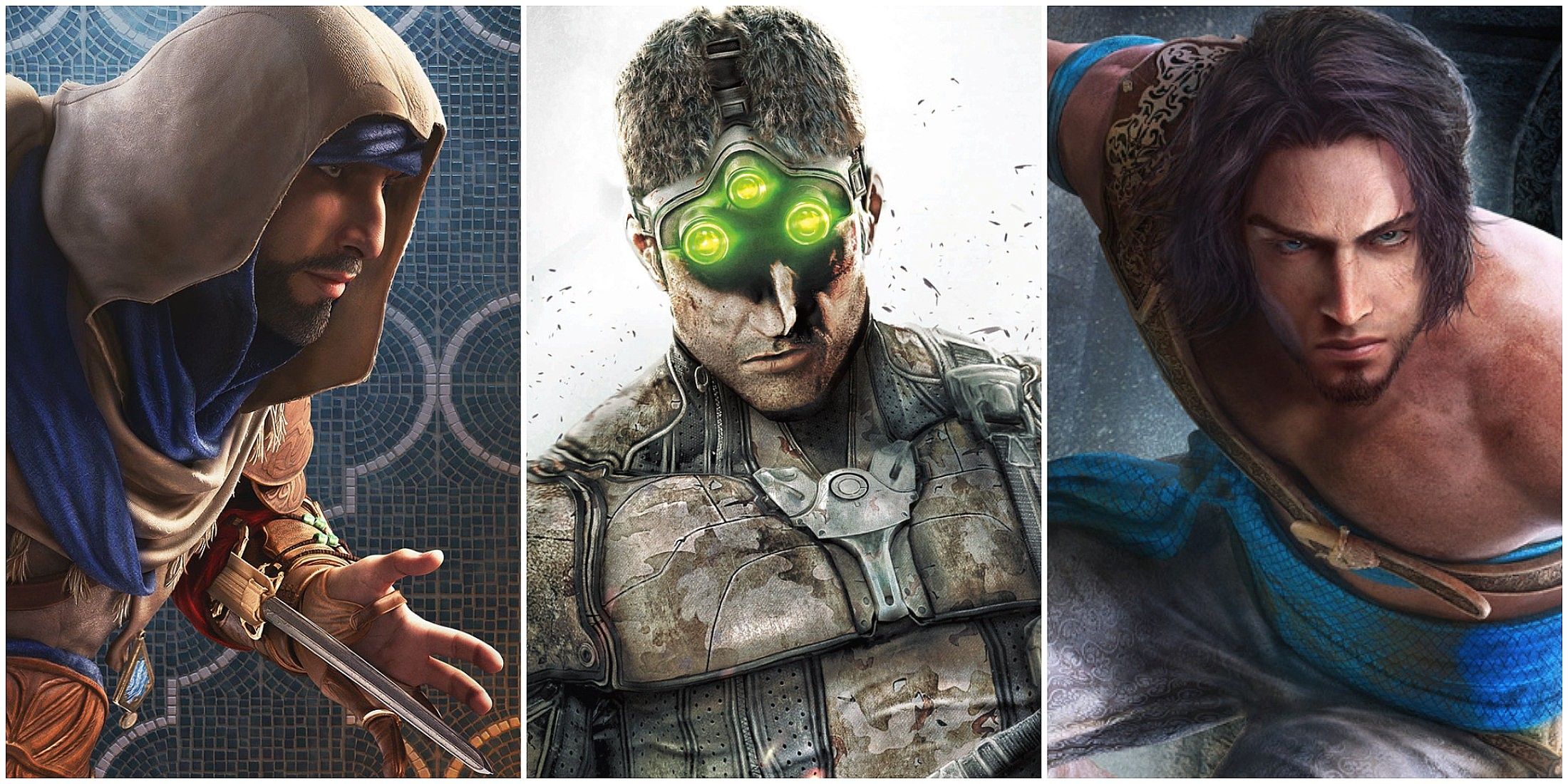Franchises That Had Their Best Game On A Handheld
Description
Summary
- Handheld game entries can reach creative peaks and set new standards for franchises.
- Fire Emblem: Awakening revitalized the series, introducing new mechanics and emotional depth.
- Kingdom Hearts Birth by Sleep reshaped the franchise, with a deep story and innovative combat.
Sometimes, the best things in life come in small packages—and handheld consoles are proof of that. While many franchises thrive on the big screen with blockbuster visuals and surround sound drama, a few of them reached their creative peak when they scaled things down.

Related
6 Forgotten Open-World Franchises That Deserve A Comeback
These franchises would do well with a modern-day entry.
Whether it was thanks to tighter design, bold experimentation, or just being freed from the pressure of console expectations, these handheld entries didn’t just hold their own—they became the standard for everything that came after. From strategy epics to emotional RPGs, these are the handheld high points that made fans realize portable didn’t mean lesser—it meant legendary.
6
Fire Emblem (Fire Emblem: Awakening)
When Turn-Based Combat Took the Crown
Released on the Nintendo 3DS in 2012, Fire Emblem: Awakening didn’t just revive a nearly shelved franchise—it made it matter again. Intelligent Systems was allegedly ready to pull the plug if this one didn’t sell, but Awakening became the series’ lifeline. What made it click wasn’t just the refined tactical gameplay or rock-solid map design—it was the heart.
Awakening introduced mechanics like pair-ups and relationship-building in a way that made permadeath feel more personal than ever. Players weren’t just losing a unit; they were losing a friend, a lover, or a parent. Characters like Chrom, Lucina, and Tharja quickly became fan-favorites, and the time-travel twist gave the campaign an emotional pull that made battles feel meaningful beyond the grid.
It wasn’t just strategy fans singing its praises—Awakening brought Fire Emblem into the mainstream, selling over 2 million copies and setting the tone for every entry since. It’s no exaggeration to say that without the 3DS, the series might not have survived.
5
Kingdom Hearts (Kingdom Hearts Birth by Sleep)
This Time, it was Actually About the Hearts
Don’t let the handheld tag fool you—Birth by Sleep was no side story. Released on the PSP in 2010, it served as both a prequel and emotional backbone for the entire Kingdom Hearts saga. Instead of riding on Sora’s coattails again, players were dropped into the Keyblade War era, following Terra, Aqua, and Ventus across multiple timelines that slowly unravel the tragedy that shaped the franchise.
The battle system brought real-time combat to new heights for handhelds, with the Command Deck offering custom loadouts that made every encounter feel fluid and tailored. The character-specific arcs weren’t just different perspectives—they were full-on campaigns, each with their own bosses, revelations, and heartbreaks. And, it introduced mechanics like Shotlocks and D-Links, which later games would refine but never quite recapture.
What makes Birth by Sleep hit harder than most mainline entries is how tightly it weaves its story threads. There’s a lingering sadness in knowing exactly how this ends—and yet, it still finds ways to surprise. For longtime fans, this is where Kingdom Hearts stopped being Disney fanfic and started being myth.
4
Castlevania (Aria of Sorrow)
A Vampire Killer Classic, Reforged in Pixels
By the time Aria of Sorrow hit the Game Boy Advance in 2003, Castlevania had already dabbled in 3D and floundered. But this one brought the franchise roaring back with 2D precision, gothic flair, and one of the most memorable protagonists the series ever had—Soma Cruz, a teenage transfer student who wakes up inside Dracula’s castle with the ability to absorb enemy souls.

Related
8 Best Capcom Video Game Franchises, Ranked
Capcom has accomplished a lot, and its selection of successful franchises spanning from Street Fighter to Resident Evil is proof of that.
And that soul system? Still unmatched. Every enemy, no matter how minor, had a soul that Soma could collect—some gave passive buffs, while others summoned devastating attacks or granted traversal powers. It turned every enemy encounter into a potential jackpot, and it gave the grind a purpose beyond EXP.
Instead of retelling the same Dracula story for the fiftieth time, Aria of Sorrow jumped forward to 2035, embracing a futuristic twist on the series’ usual vampire-hunting fare. The tight map design, haunting score, and refined platforming put it in the same league as Symphony of the Night, but with mechanics that were arguably more addictive. For many fans, this wasn’t just the best handheld Castlevania—it was the best Castlevania, period.
When Stealth Found its True Form
Metal Gear Solid: Peace Walker wasn’t just some portable spin-off—it was a full-fledged Metal Gear experience built for the PSP, and Kojima treated it like a mainline entry from day one. Released in 2010, it followed Big Boss during the rise of Militaires Sans Frontières, and it laid the foundation for The Phantom Pain.
What made Peace Walker so compelling was how it took Metal Gear’s sprawling ambition and packed it into mission-based, bite-sized chunks perfect for handheld play. Sneaking missions were tuned for shorter sessions but still brimming with choice and consequence. Base-building, Fulton extraction, co-op play, and surprisingly deep boss fights—including battles against AI-controlled mechs—made it a game that never felt limited by its platform.
The control scheme took some getting used to, but the payoff was undeniable. It introduced systems that The Phantom Pain would later polish, but in some ways, Peace Walker’s pacing and structure actually served the series better. It was proof that stealth didn’t need cinematic cutscenes every 30 minutes to be compelling—just smart design and a cassette tape or two of Coldman monologuing into oblivion.
2
Pokemon (HeartGold & SoulSilver)
A Nostalgic Remake that Outdid the Originals
No remake has ever felt this loved. When HeartGold and SoulSilver dropped on the Nintendo DS in 2009, it wasn’t just a polished update of the Johto classics—it was a celebration of everything Pokemon had been up to that point.

Related
9 Comedy Franchises With The Most Movies, Ranked
Some franchises were funny and popular enough that they got numerous amounts of sequels.
Beyond the obvious visual and mechanical upgrades, it added quality-of-life improvements that made returning to Johto feel better than ever. Players could have their Pokemon follow them, interact with them, and even see their moods shift, depending on their treatment. The Pokewalker peripheral—yes, a literal pedometer that let players take their Pokemon for walks—was pure Nintendo weirdness in the best way, and it actually rewarded steps with in-game bonuses. (It was also a legitimately great pedometer.)
But the real kicker? After beating the Elite Four, players could head back to Kanto and experience a second region with another eight gyms. No other Pokemon game has pulled off that kind of scope ever since. For fans who grew up on Gold and Silver, this wasn’t just a remake—it was wish fulfillment sealed in a cartridge.
1
Advance Wars (Advance Wars: Dual Strike)
Tiny Soldiers, Big Brains
Advance Wars has always been about outsmarting the enemy, not outgunning them—and Advanced Wars: Dual Strike took that philosophy and ran with it. Released on the Nintendo DS in 2005, it built on the foundation of Black Hole Rising but added deeper mechanics, flashier powers, and dual-screen strategy that let players manage multiple fronts at once.
The introduction of dual COs (Commanding Officers) was a game-changer. Players could tag-team two leaders with complementary abilities, unleashing devastating Dual Strikes that could turn the tide in seconds. Battles became layered, not just tactically but narratively, as familiar faces teamed up or clashed with new villains from the ever-growing Black Hole army.
And somehow, despite the bright visuals and quirky units, Dual Strike had a surprising level of depth. Positioning, resource control, weather manipulation—everything mattered. The campaign was lengthy, the skirmish mode endless, and the unlockable content generous. In a series known for smart design, this one stands tall as its strategic summit. No reboot or remake has topped it—not yet, anyway.

More
7 Best Ubisoft Video Game Franchises, Ranked
Ubisoft is home to many expansive gaming franchises, and these are some of the best and most beloved by players.




